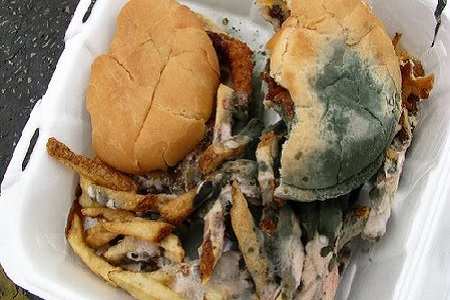My Own Personal Food Sustainability Series: Episode 7
This post is with regards to the highly anticipated thick, creamy, gooey, delicious, mushroom cream sauce I made last week. I will try to get right down to business because I feel that most people are really just interested in the recipe.
So, this came about because I had some mushroom filled tortellini, and some fresh mushrooms, and this is what I wanted for dinner. I had no tomatoes, no pre-made sauce, and I didn't want to go to the store. So, I thought about what I did have to work with, which was basically a variety of dairy products, and decided that a cream sauce would go very well with mushrooms!
Ingredients:
- 4 oz butter - yes, I did use butter for this instead of olive oil. Olive oil would have been a better choice health-wise, but I did make sacrifices elsewhere...
-4 oz cream cheese (or neufchatel) - I would suggest cubing this
-4 oz plain yogurt - mine was not greek; regular plain is just what I had although Greek would work great!
-3 cloves garlic - however I tend to over-garlic my food... I really like garlic, plus compounds in garlic, like allicin, provide a lot of benefits, including to the immune system!
-2 Cups milk
-~6 oz cheese - I used an Italian cheese blend that had Parmesan, Romano, etc... Most recipes call for plain Parmesan, but I used what I had and it worked well!
-Mushrooms - as many as you like, I used ~1 C - chopped
-Black pepper
Instructions:
1. Melt butter over medium heat.
2. Add cream cheese and stir it in as best you can... I kind of squished it with the back of my spoon some to help the heat break it down (I'm sure "squishing" is the technical culinary term of course!).
3. Add the yogurt and garlic, keep stirring until smooth, at this point I also whisked it some to get lumps out.
4. Stir in milk.
5. Stir in cheese, it will start getting thicker at this point, which is what you want.
6. Add mushrooms and black pepper - at this point, the longer you keep it on the stove the stronger the mushroom flavor will be, so if you want it strong, let it all meld for awhile, it will also continue to thicken some over the heat, so you can leave it on if you want it thicker too.
Voila! Magnifico!!... So good, and makes a ton of sauce!!
In the sense of all things sauce, another one of my favorite white sauce recipes comes from the Boost your Metabolism Cookbook, written by Chef Susan Irby in collaboration with dietitian Rachel Laffierere MS, RD. While I like a lot of the recipes in the cookbook, this one specifically is the sauce that goes with the walnut and blue cheese pasta, and it is an awesome white sauce too!
Stay tuned as next time we will discuss the somewhat controversial topic of ramen noodles!
#foodcreativity









